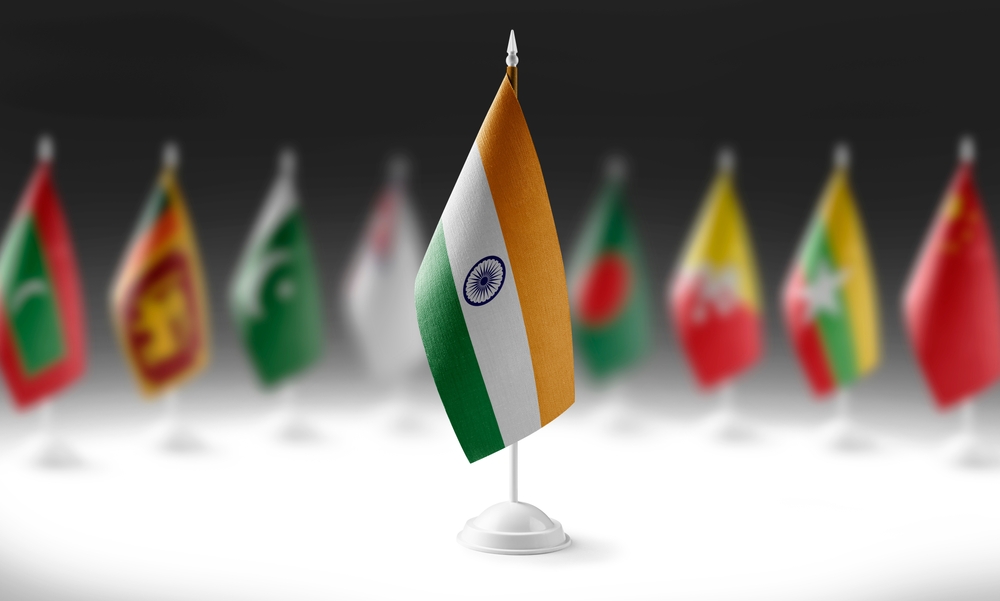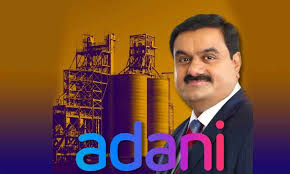India’s middle class, long considered the backbone of its economy, is at a critical juncture. Once a thriving segment driving consumption and growth, this demographic now faces mounting challenges, ranging from technological disruptions to a cyclical economic downturn and deteriorating household savings. These factors collectively threaten not just middle-class stability but also broader economic growth, underscoring the need for urgent attention and policy intervention.
Technological Disruptions: A Double-Edged Sword
Advancements in technology, while heralding progress, are disrupting traditional employment avenues. Automation and artificial intelligence are replacing repetitive and routine jobs that historically sustained middle-class households. Roles such as clerical, supervisory, and even managerial positions are increasingly being outsourced or automated.
P.C. Mohanan, former acting chairman of the National Statistical Commission, highlighted the decline of managerial roles due to cost-cutting measures. Wipro Chairman Rishad Premji echoed this sentiment, noting that artificial intelligence will inevitably eliminate certain jobs. The middle class, which relies heavily on white-collar employment, is particularly vulnerable to these shifts.
The implications extend beyond job loss. The skills gap exacerbates the challenge, as many workers are unprepared to transition into emerging industries requiring specialized knowledge. Without reskilling initiatives and policy support, this segment risks being sidelined in India’s technological leap.
Economic Downturn: A Cycle of Slow Growth
The cyclical economic slowdown has further strained the middle class. After a post-COVID recovery, India’s growth trajectory has faltered, with corporate earnings in Q2 FY25 recording one of the steepest declines in decades. While cyclical downturns are a natural part of free-market economies, their effects have been amplified by rising costs and reduced household incomes.
FMCG companies, key indicators of urban consumption, are feeling the pinch. Nestlé India’s MD Suresh Narayanan pointed to a “shrinking middle class” as a significant factor behind slowing growth, with the food and beverage sector dropping from double-digit growth to just 1.5%-2%. Similarly, Hindustan Unilever reported muted volume growth, citing declining urban demand.
Elevated food inflation and high-interest rates have compounded the issue, leaving middle-class families with little discretionary income. As a result, urban consumption, which accounts for two-thirds of FMCG sales, has stalled, creating ripple effects across the economy.
Household Savings: A Crisis in the Making
India’s middle class also faces a savings crisis. According to RBI data, net household savings as a percentage of GDP have reached their lowest level in nearly 50 years. While gross savings have remained steady, the rise in unsecured loans has pushed net savings into negative territory. This trend leaves families ill-equipped to handle financial shocks, further eroding their economic resilience.
Implications for India’s Future
The challenges faced by the middle class are not isolated; they hold significant implications for India’s future. Declining consumption impacts sectors ranging from retail to real estate, while reduced savings constrain investments in education, healthcare, and housing. To stabilize the middle class, India needs targeted policies, including reskilling programs, fiscal measures to boost disposable income, and initiatives to improve job security in a rapidly evolving economy. By addressing these challenges head-on, India can ensure its middle class remains a pillar of growth and resilience, driving the nation toward sustainable prosperity.




